7 Things Every Boomer Had in Their Home Growing Up
When it comes to nostalgia, nothing takes us back quite like the Things Every Boomer Had in their homes growing up. From bold plaid couches to pink bathroom tiles, these items defined an entire generation’s style and way of living. While some may feel outdated today, for Baby Boomers they were part of everyday life—symbols of family gatherings, comfort, and mid-century trends. Let’s take a look at 7 unforgettable things that filled Boomer homes and still spark memories today.
7 Things Every Boomer Had in Their Home
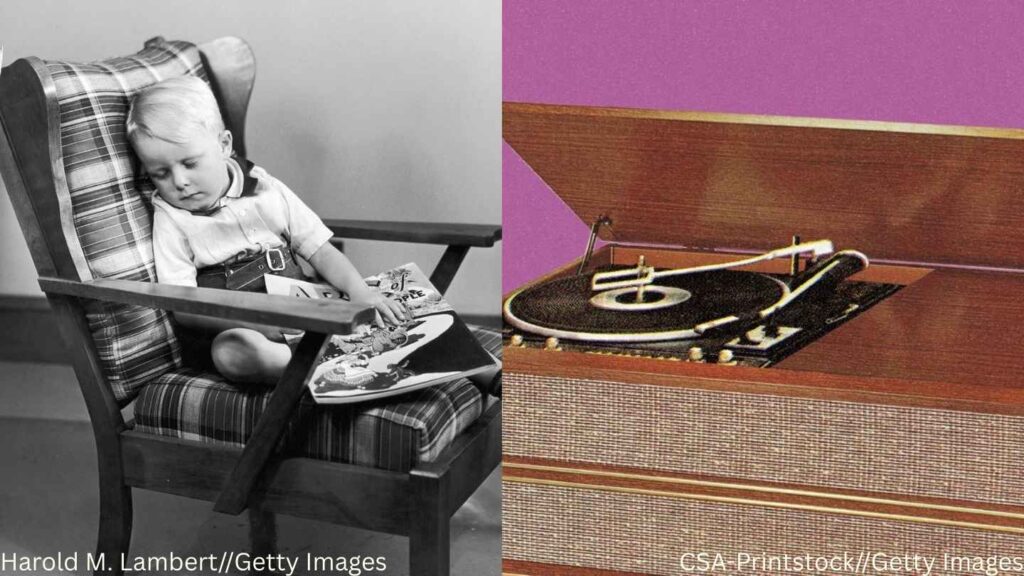
1. Upholstered Plaid Furniture
Walk into any Boomer-era living room, and chances are you’d find a plaid sofa or armchair front and center. These weren’t shy designs—they came in bold colors, big patterns, and combinations that pushed the limits of good taste. Floral prints were also a favorite, sometimes paired with shag rugs and patterned drapes for maximum impact.
Despite the “loud” look, these pieces were sturdy and built to last. For many families, that sofa was the center of life—where kids watched cartoons, parents read the paper, and guests settled in for long conversations. Today, plaid furniture is enjoying a retro comeback, but for Boomers, it was just part of everyday living.
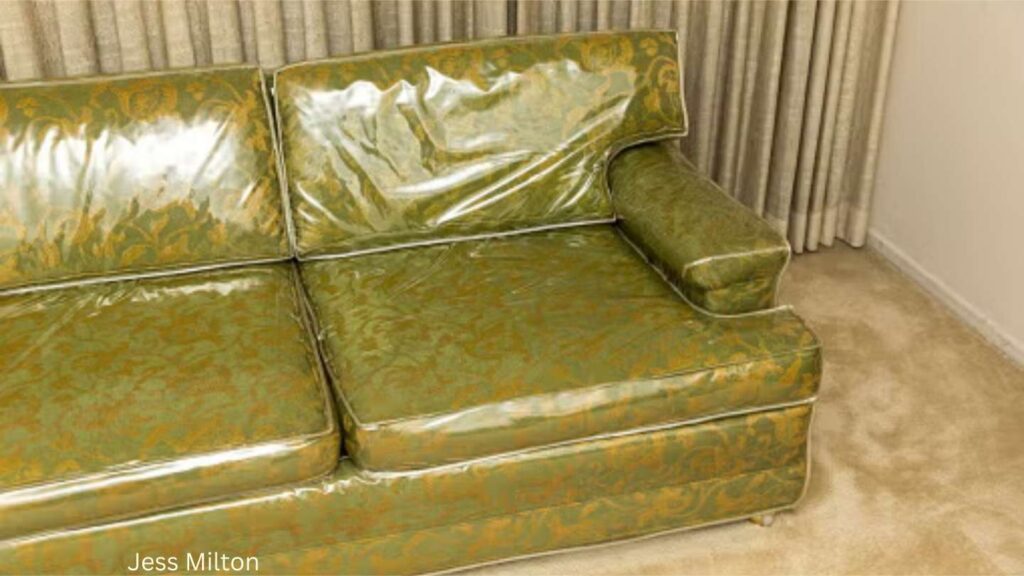
2. Plastic Slipcovers
Now, about those couches—most Boomers never actually sat on them directly. Why? Plastic slipcovers. These clear, crinkly covers kept furniture spotless for decades, protecting against spills, pets, and sticky little fingers.
They may not have been the most comfortable invention (especially in the summer), but they reflected the era’s practicality. In fact, some families even had custom-made slipcovers, turning furniture protection into something of a status symbol. If you grew up sliding across a squeaky, plastic-covered sofa, you definitely lived the Boomer life.
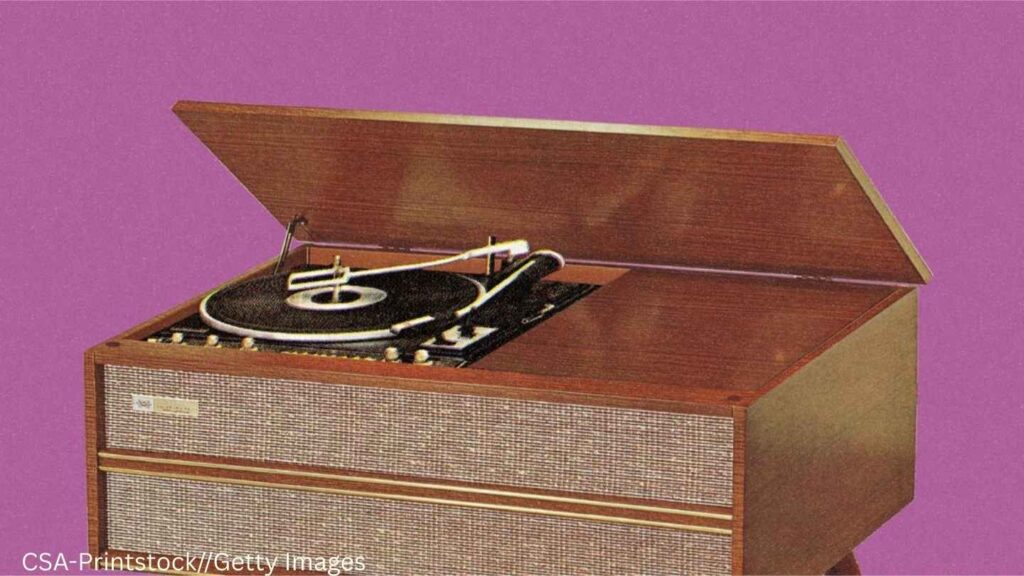
3. Console Stereos
Before music was portable, it was an event. Console stereos—long wooden cabinets with built-in record players and radios—were a staple in living rooms and dens. They weren’t just for playing records; they were a statement piece of furniture.
Families gathered around these stereos to enjoy Elvis, Motown, or The Beatles. For many teens, dropping the needle on a new record was the highlight of a Saturday night. Unlike today’s personal playlists, music was a shared experience that filled the whole house.

4. TV Sets in Cabinets
When television first became common, it wasn’t just a screen—it was furniture. Boxy black-and-white TVs came encased in polished wooden cabinets, often topped with rabbit-ear antennas. Families didn’t scatter to different rooms with tablets or phones; everyone sat together to watch shows like The Mickey Mouse Club, I Love Lucy, or The Ed Sullivan Show.
These TV cabinets symbolized more than entertainment—they represented family togetherness. The ritual of gathering in one place to share laughter, news, or even commercials created a sense of unity many miss in today’s world of endless streaming.
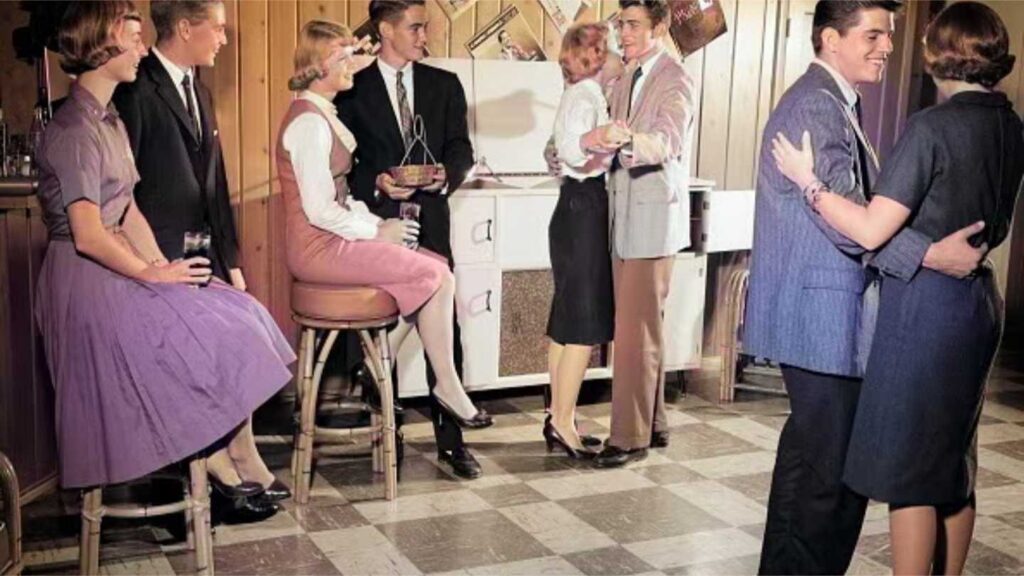
5. Knotty Pine Rec Rooms
If you were a teenager in the Boomer era, the knotty pine-paneled basement was the hangout spot. These rec rooms were covered in wood paneling, furnished with linoleum floors, and often included a bar area for the grown-ups.
This was where kids practiced dance moves, played records, or hosted friends after school. It wasn’t just about the décor—it was about having a space that felt a little freer and a lot more fun than the formal living room upstairs. For many Boomers, these basements were where lifelong friendships and memories were made.

6. Dinette Sets with Formica Tables
In the 1950s and 60s, everyday meals weren’t eaten in the dining room—they happened in the kitchen around a colorful dinette set. Chrome-legged chairs, bright vinyl cushions, and wipeable Formica tabletops made these sets practical, modern, and perfect for family life.
Breakfast before school, after-school snacks, or late-night chats with siblings—all of it happened at the dinette. While formal dining rooms were reserved for holidays, the dinette set was where real family life unfolded.
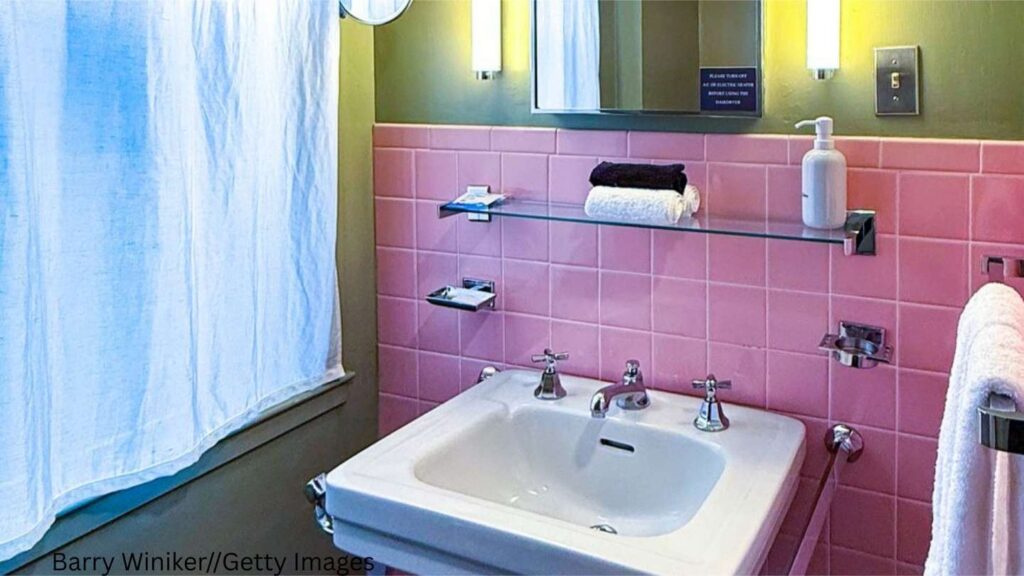
7. Pink Bathroom Tiles
No list of Boomer-era design would be complete without the infamous pink bathroom. Small square tiles in shades of pastel pink covered walls, showers, and vanities across America. Inspired by post-war optimism, these bathrooms were mass-produced and instantly recognizable.
Some homeowners kept them lovingly intact, while others couldn’t wait to tear them out in later decades. Either way, the “pink bathroom” became one of the most iconic design trends of the era.
Must Read: Sybil Ludington – The Teen Paul Revere of the American Revolution
Vasili Arkhipov—The Unknown Hero of the Cold War
Claudette Colvin – The Teen Who Took a Stand Before Rosa Parks
Bayard Rustin – The Man Behind the March
Mildred Harnack – The American Who Resisted Hitler
Why These Items Still Matter
While some of these trends might feel outdated today, they tell the story of a generation that valued durability, practicality, and family connection. Furniture wasn’t disposable, technology brought people together, and even the quirkiest décor carried a sense of pride.
For Baby Boomers, these items weren’t just things—they were part of the rhythm of daily life. They hold memories of family dinners, weekend gatherings, first dances, and cozy evenings spent together.
Final Thoughts
From plaid furniture to pink bathrooms, the Boomer era left behind more than just design trends—it left a legacy of home life centered on togetherness. While today’s homes might favor minimalism and tech-driven convenience, there’s something warm and nostalgic about the bold, practical, and sometimes quirky choices of the past.
If you walk into a home and spot a knotty pine basement or a Formica dinette, don’t just see “dated décor.” See a piece of history, a reminder of a time when family, neighbors, and friends always had a seat at the table.







